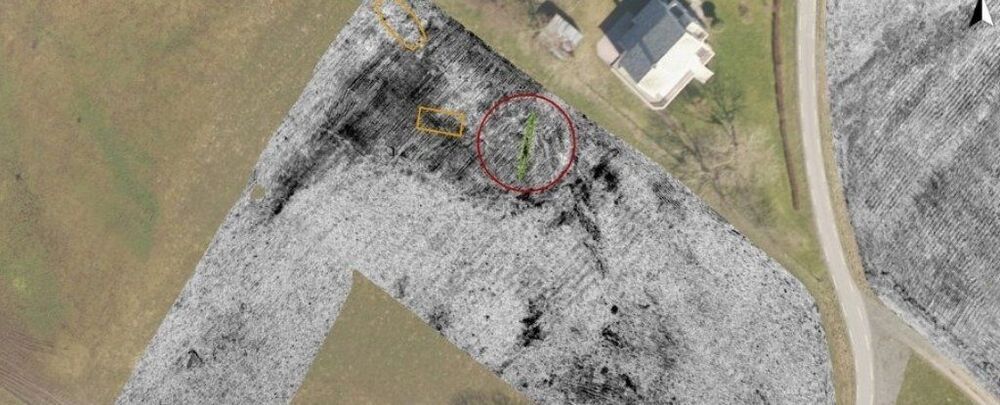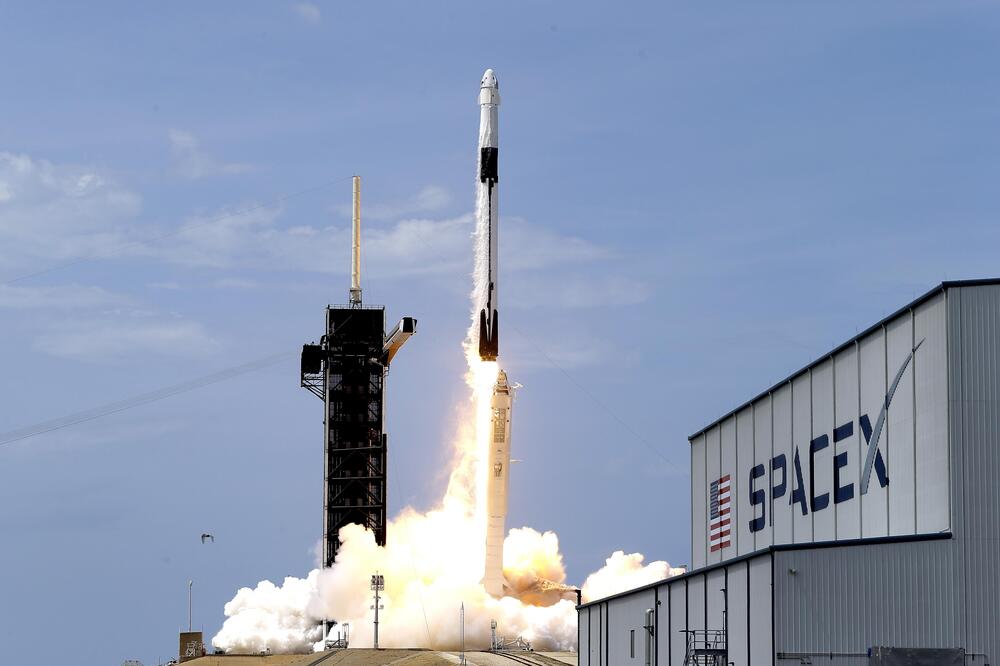
SpaceX is deploying a constellation of internet-beaming Starlink satellites into low Earth orbit where they will beam broadband service globally. Starlink customers will be supporting SpaceX’s ultimate goal to make life multi-planetary. The network could one day provide additional funding to develop a fleet of Starships that will enable astronauts to colonize Mars. To date, SpaceX has deployed nearly 900 satellites out of over 4,400 it plans to launch. The company rolled out a beta service of the network for select customers living in the northern United States and southern Canada. To receive service from the satellites in space, users mount a phased-array antenna dish and connect via a Wi-Fi router device.
On Friday, SpaceX engineers shared details about the Starlink network via a Reddit ‘Ask Me Anything’ discussion. Currently, SpaceX sends invitations to potential customers living within range of the satellites in orbit, a Reddit user asked when SpaceX will offer Starlink service to the public. —“Steadily increasing network access overtime to bring in as many people as possible,” the SpaceX engineer responded, “Notably we’re planning to move from a limited beta to a wider beta in late January, should give more users an opportunity to participate.” To potentially become a Beta tester of the Starlink network you can sign up via Starlink.com.
SpaceX engineers also shared that as of today, SpaceX’s broadband service does not have data caps. “So we really don’t want to implement restrictive data caps like people have encountered with satellite internet in the past. Right now we’re still trying to figure a lot of stuff out—we might have to do something in the future to prevent abuse and just ensure that everyone else gets quality service,” they stated.

















